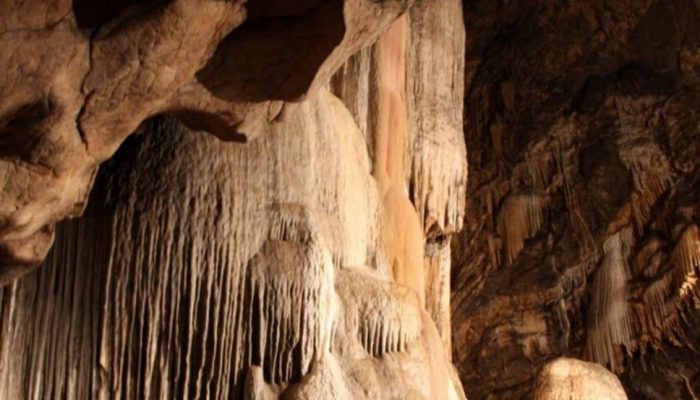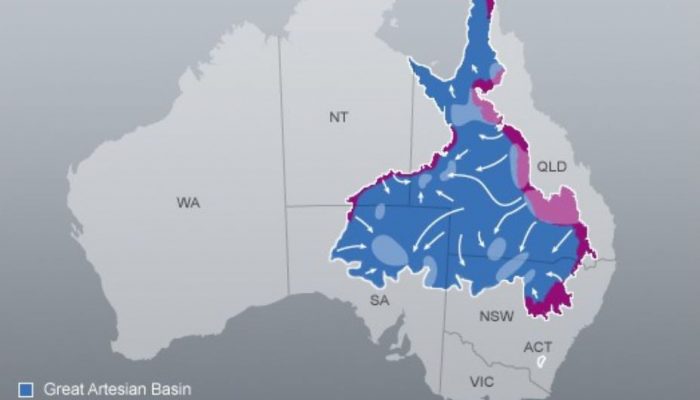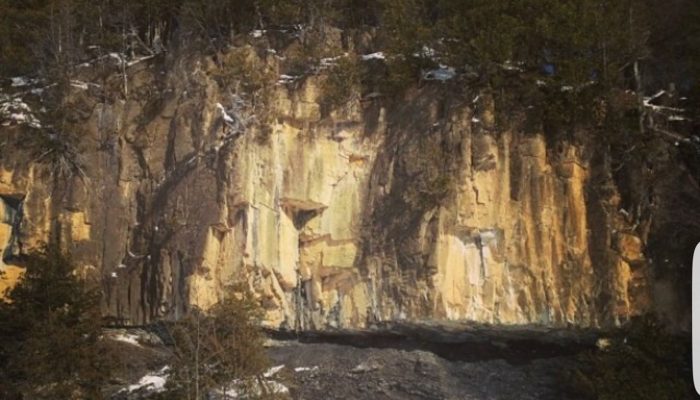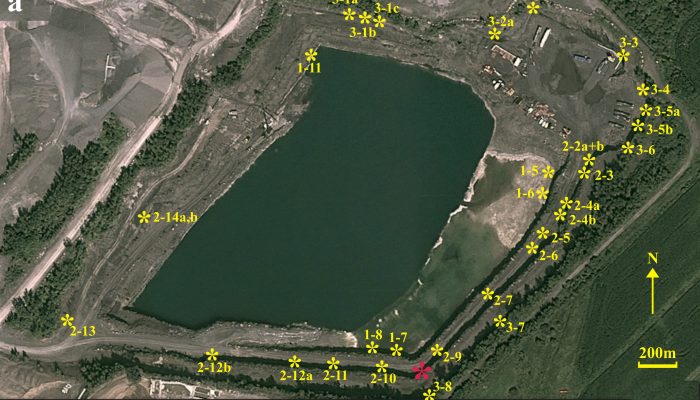Authored by: Gabriel C Rau, Associate Lecturer in Groundwater Hydrology at UNSW, Australia Andy Baker, Director of the Connected Waters Initiative Research Centre at UNSW, Australia Mark Cuthbert, Research Fellow in Hydrogeology at the University of Birmingham, UK Martin Sogaard Andersen, Senior Lecturer at UNSW, Australia Have you ever enjoyed the cool refuge that an underground cave offers from ...[Read More]
Protecting springs from groundwater extraction: is a ‘drawdown trigger’ a sensible strategy?
By Matthew Currell – Senior Lecturer at RMIT University Springs, some of which have been flowing for hundreds of thousands of years, have been disappearing in Australia due to human water use over the past century. Following a hotly contested court case, Australia’s Environment Minister imposed a 20cm ‘drawdown limit’ at a set of springs, to protect them from a proposed coal mine. However, this ig ...[Read More]
Human Drought?
By Anne Van Loon – a water science lecturer at the University of Birmingham Recently I published a commentary in Nature Geoscience with the title ‘Drought in the Anthropocene’. In that commentary, my co-authors and I argued that in the current human-dominated world, we cannot study and manage natural drought processes separately from human influences on the water system like water abstraction, dam ...[Read More]
One hell of a great groundwater textbook now available free
‘Groundwater’ the seminar text book from Freeze and Cheery (1979) is free in pdf now…just follow the links here. This text book is almost as old as I am and important parts of modern hydrogeology are rusty or non-existent (like hydroecology amongst other topics) but it is still lucidly written and useful. I routinely send students to read chapters so I am happy that it is now available free. Kudo ...[Read More]
The new and exciting face of waterunderground.org
by Tom Gleeson I started waterunderground.org a few years ago as my personal groundwater nerd blog with the odd guest post written by others. Since I love working with others, I thought it would be more fun, and more interesting for readers, to expand the number of voices regularly posting. So here is the new face of the blog… What is the new blog all about? Written by a global collective of ...[Read More]
Just in case you weren’t sure…groundwater flow around a fault zone is complex!
By Erin Mundy – a plain language summary of part of her Masters thesis Groundwater is the water that collects underground in pores and cracks in the rock. Understanding, protecting and sustaining groundwater flow is critical because over two billion people drink groundwater every day. The flow of groundwater can be impacted by geologic structures, such as fractures and faults. A fracture is ...[Read More]
Can we use an infrared camera to tell us how much groundwater is coming out of the side of a cliff?
By Erin Mundy – a plain language summary of part of her Masters thesis Groundwater is an important resource, with approximately 2 billion people around the world using groundwater everyday. Although most groundwater is beneath our feet, sometimes groundwater leaks out of stream-banks, hill sides and cliff faces – this is called groundwater seepage. Current scientific methods are not ab ...[Read More]
Baseflow, groundwater pumping, and river regulation in the Wisconsin Central Sands
By Sam Zipper, postdoctoral fellow at Madison and author of tacosmog.com We often think of groundwater as a nonrenewable reservoir, deep underground, and with good reason – less than ~6% of groundwater globally entered the ground within the past 50 years. However, where a river or stream intersects the water table, water is able to move from the aquifer to the stream (or vice versa). This supply o ...[Read More]
Tracking the Fallout and Fate of Fukushima Iodine-129 in Rain and Groundwater
This post is written by Matt Herod, and reposted here with permission… A recently published paper (by myself and colleagues from uOttawa and Environment Canada) investigates the environmental fate of the long lived radioisotope of iodine, 129I, which was released by the Fukushima-Daichii Nuclear Accident (FDNA). Within 6 days of the FDNA 129I concentrations in Vancouver precipitation increas ...[Read More]
It’s out of the park! Comparing some of the water threats in America…
This is cool! a video is from Owen Miles’ watermurica blog










